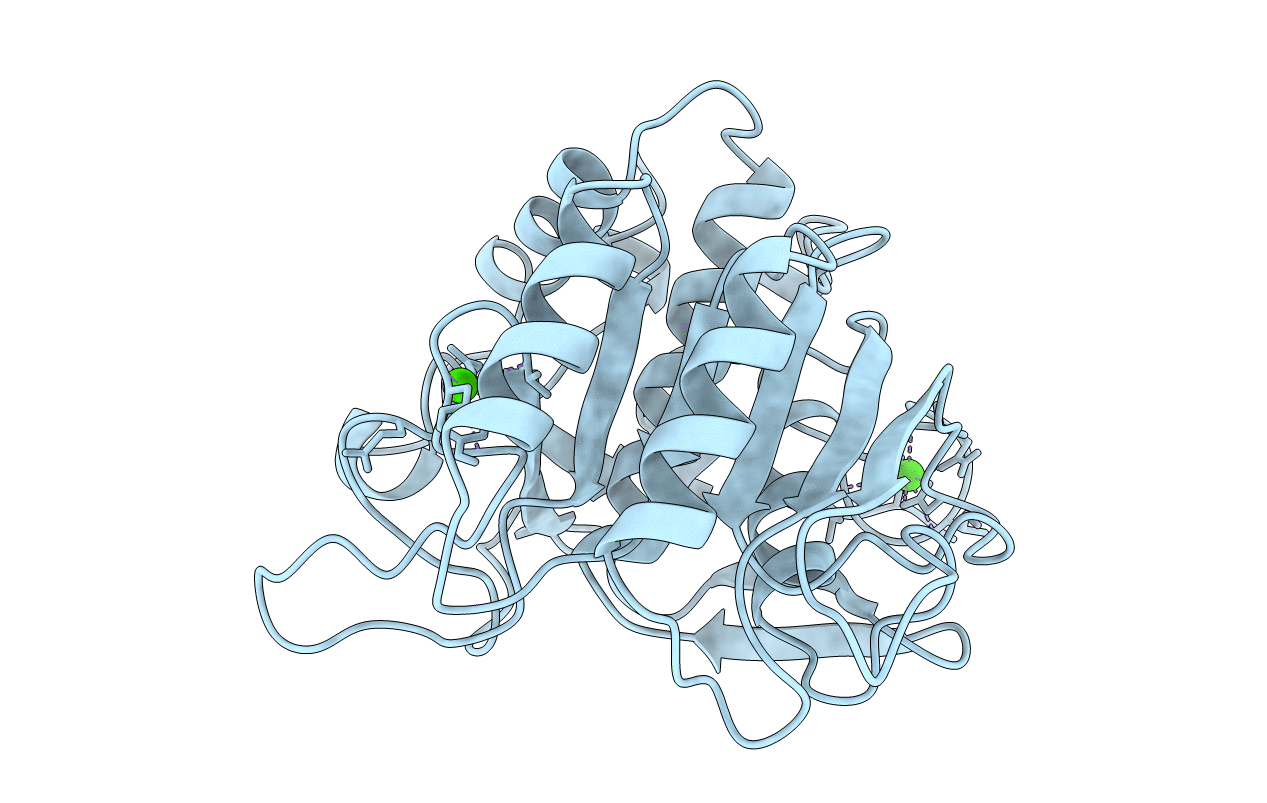
Deposition Date
1999-06-02
Release Date
1999-06-08
Last Version Date
2023-09-20
Entry Detail
Biological Source:
Source Organism:
Bacillus amyloliquefaciens (Taxon ID: 1390)
Host Organism:
Method Details:
Experimental Method:
Resolution:
2.40 Å
R-Value Work:
0.20
R-Value Observed:
0.20
Space Group:
P 21 21 2


